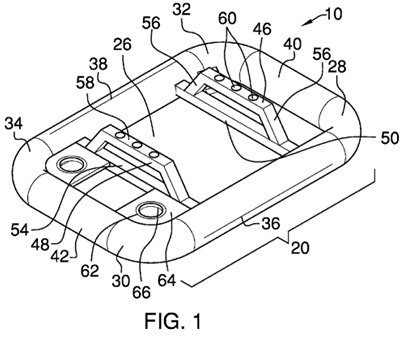The US Court of Appeals for the Ninth Circuit reversed a district court’s decision to dismiss a qui tam action brought under the False Claims Act (FCA) after analyzing the public disclosure bar channels. The case required the Ninth Circuit to examine Congress’s 2010 amendments to the FCA public disclosure bar to determine whether the claims were substantially the same as information publicly disclosed in any one of three enumerated channels. Silbersher v. Valeant Pharm. Int’l, Inc., No. 20-16176 (9th Cir. Aug. 3, 2023) (Schroeder, Sanchez, Antoon, JJ.)
The FCA imposes civil liability on anyone who knowingly presents a fraudulent claim for payment to the federal government. The FCA includes a qui tam provision that allows private citizens (or “relators”) to bring fraud claims on behalf of the government. In 2010, Congress’s public disclosure bar precluded qui tam actions if substantially the same allegations or transactions were publicly disclosed in one of three channels:
- In a federal criminal, civil or administrative hearing in which the government or its agent is a party
- In a congressional, Government Accountability Office (GAO) or other Federal Report hearing, audit or investigation
- From the news media, unless the action is brought by the Attorney General or the person bringing the action is an original source of the information.
Valeant owns the “Otterbeck patents” for its drug Apriso’s delayed-release formula. Valeant initiated an infringement action against Lupin, a generic drug manufacturer that attested in an abbreviated new drug application (ANDA) that the Otterbeck patents were invalid because of prior art that described a similar delayed-release formula. Thereafter, Valeant extended its monopoly by applying for and being granted a new patent that claimed a recent discovery that Apriso was effective when taken without food. GeneriCo then challenged the new patent in an inter partes review (IPR) proceeding, arguing that it was obvious that Apriso would be effective without food. GeneriCo presented two medical studies as support. The Patent Trial & Appeal Board agreed and invalidated the claims in the new patent.
Zachary Silbersher, GeneriCo’s IPR lawyer and a relator in another FCA suit in the same court, discovered that Valeant failed to disclose certain information to the US Patent &Trademark Office (PTO) during the IPR proceeding. Specifically, he discovered that three years before applying for the new patent, Valeant applied for another patent where it claimed it made an unexpected finding that taking Apriso’s active ingredient with food made the drug more effective. This claim was the opposite of the claim made in the new application that had been invalidated in the IPR proceeding.
Silbersher brought an FCA case seeking damages from Valeant, alleging that Valeant fraudulently obtained the Otterbeck and new patent to prolong its monopoly and charge an artificially high price for Apriso. The district court dismissed Silbersher’s qui tam action as precluded by the public disclosure bar because the IPR qualified as an “other Federal hearing” under channel two of the bar, as described above. Silbersher appealed.
The Ninth Circuit analyzed whether [...]
Continue Reading
read more


 Subscribe
Subscribe



